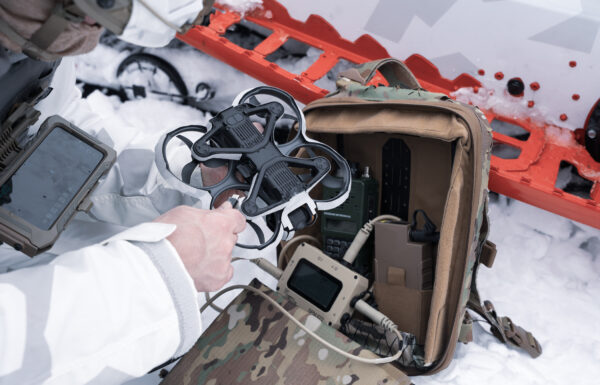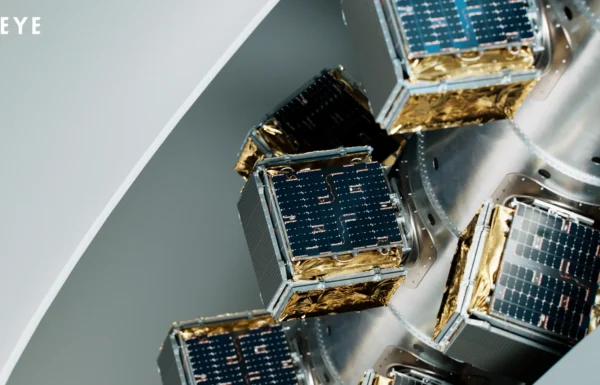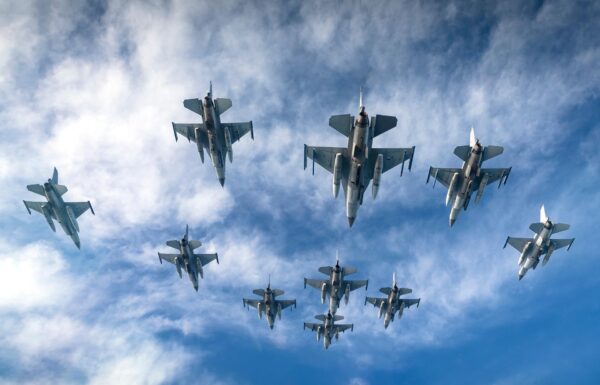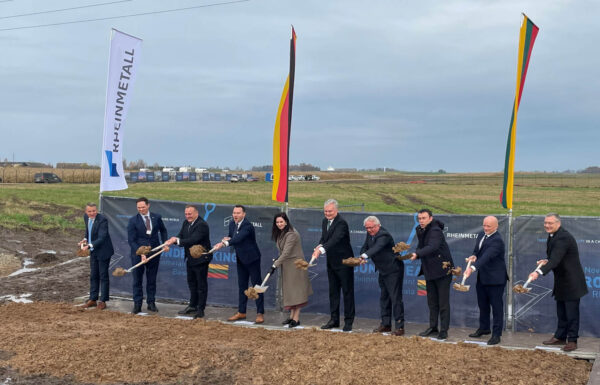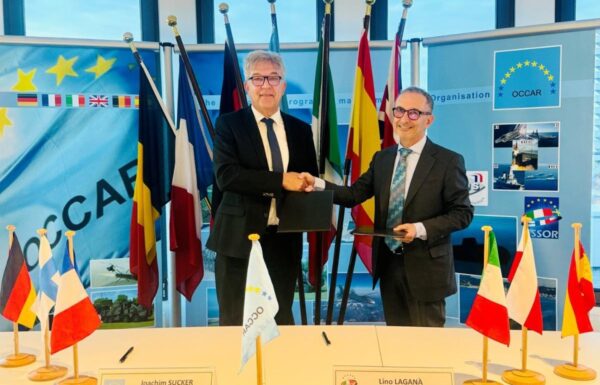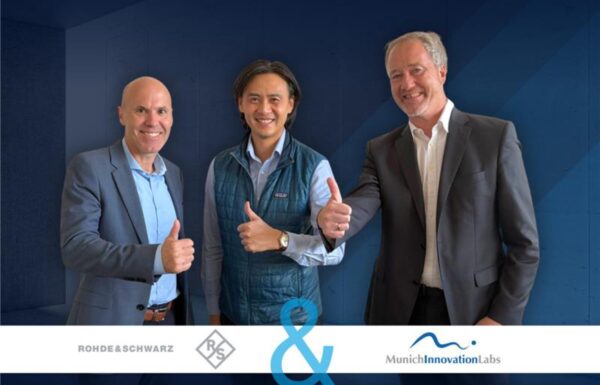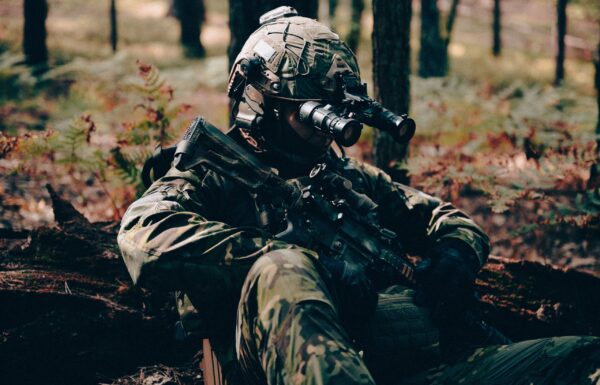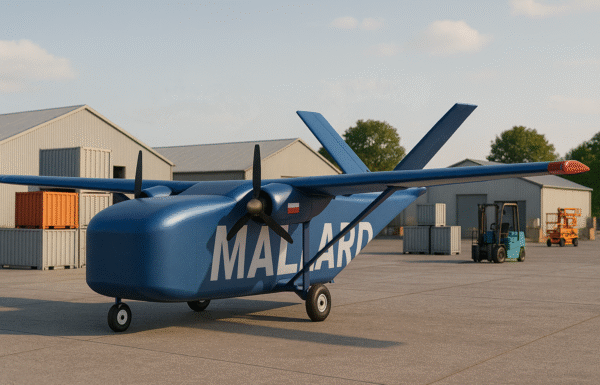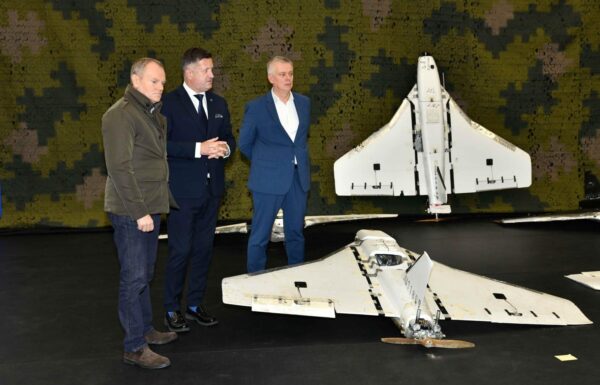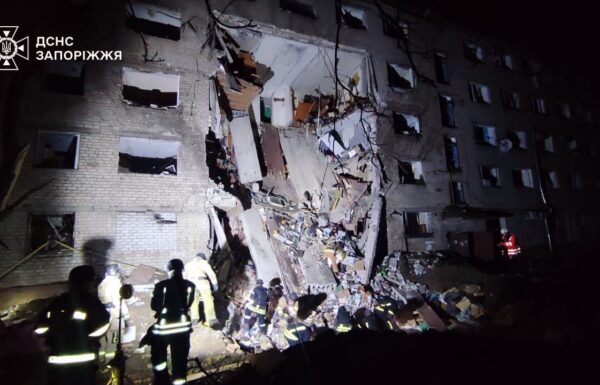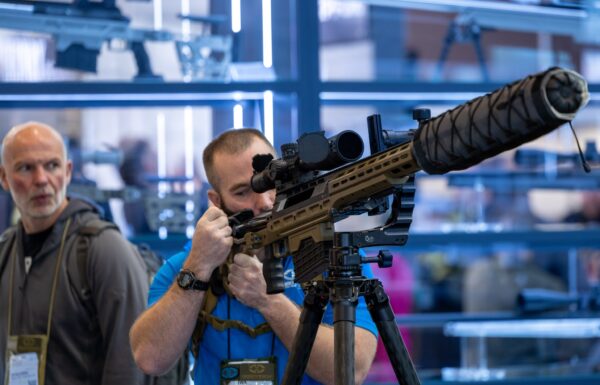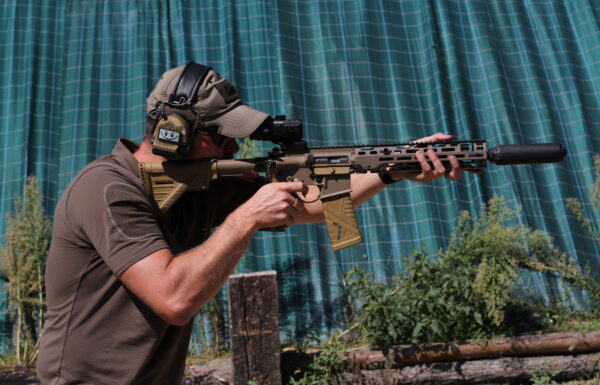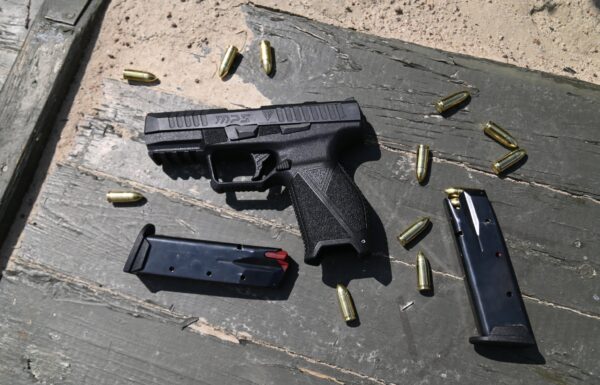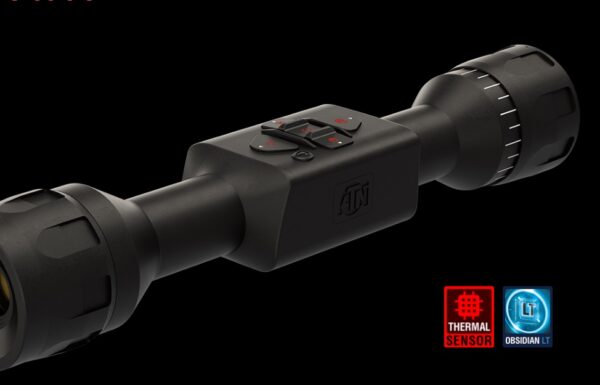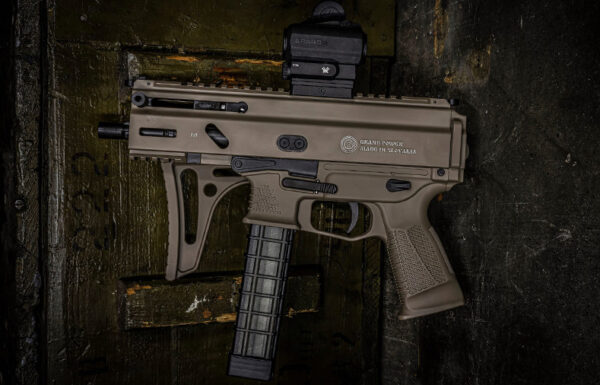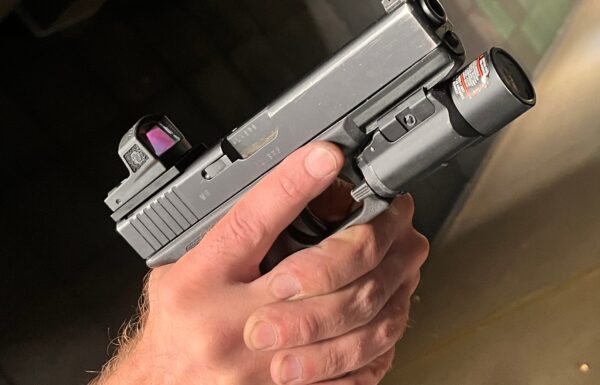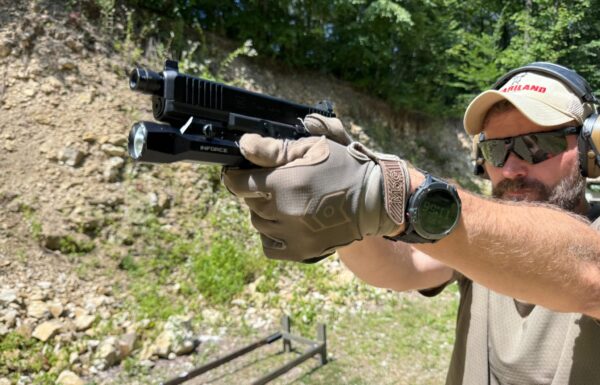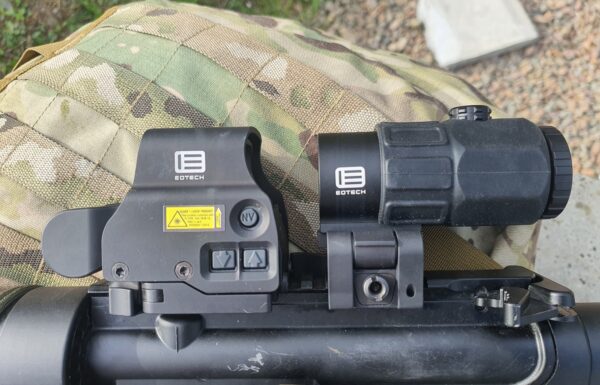Practical aviation training for cadets from the Polish Air Force University have begun at the 4th Aviation School Wing. Fifth-year students are training on jet aircraft, transport planes, and helicopters. They are honing their skills under the guidance of experienced pilot instructors. The future pilots are learning the basics of modern tactics, use of weapons, and how to operate in a complex combat environment.
A Great Privilege and Responsibility
A very important element of the training process is the first flight. This special moment is preceded by intense learning and training. One of the first timers is Sgt. Aleksandra, who began practical training on the Bielik. – “Being the first woman on the M-346 is an incredible feeling. On one hand, it’s a huge privilege, on the other, it’s a lot of pressure and responsibility,” she admits.
“An Indescribable Experience”
The first flight is a unique experience for every cadet, one that remains in memory forever. – “It’s an indescribable experience. There was a lot of stress and the constant question of whether I could handle it,” she recalls. She was comforted by the fact that she was flying with an experienced instructor who would take control if any problems arose, preventing any dangerous situations. The most nervous moment for Ola was before heading to the hangars. After that, everything happened very quickly. – “The most memorable moment for me was the takeoff and the engine reaching takeoff power. I was surprised by the speed at which everything happens, how many tasks need to be performed, and the agility of the aircraft and how smoothly it can be maneuvered,” says the sergeant. After the first flight, Ola felt great satisfaction. – “I had a huge desire to get back into the machine the next day,” she adds.
Love for Sports
The cadet demonstrates not only knowledge and skills but also robust health. Piloting a jet that reaches supersonic speeds requires exceptional physical endurance. In these types of aircraft, pilots are especially exposed to g-forces. They must maintain continuous physical fitness and take care of their condition. – “When it comes to keeping fit and learning, it’s not a big problem for me,” says the sergeant. Her great passion is sports. – “I love football. I have a black belt in karate, and for the past few years, I’ve been regularly participating in half marathons and marathons, including international ones, such as last year’s marathon in Barcelona,” she says.
Recruitment in Arizona
Sgt. Aleksandra is 24 years old and comes from Gdynia. She is a disciplined and ambitious person. Before deciding to apply to the Polish Air Force University, she dreamed of studying in the United States. – “I really wanted to study in the USA in fields related to aerospace engineering, and I managed to get accepted to the University of Arizona,” says Ola. Nevertheless, she chose the path of a military pilot in Dęblin.
Meeting with General Hermaszewski
She was inspired to take on this challenge by a meeting with the late Gen. Mirosław Hermaszewski. – “When I was still in high school, Gen. Hermaszewski came to my school for a lecture. The story of his life – the story of the first Pole in space, made a huge impression on me, and from that moment I knew I wanted to fly,” she recalls. Moreover, Sgt. Aleksandra is also interested in quantum physics and astronomy. – “For this reason, my master’s thesis mainly concerns quantum communication,” she reveals.
Dreams of the F-35
“I am very happy to be where I am and to be training on the M-346 aircraft. I definitely wouldn’t be here without the support I get from my family and friends. It gives me a lot of strength, especially in difficult moments,” says Ola. What is Ola’s biggest dream? “At this moment, my biggest aviation dream is to fly the F-35,” she says (Final assembly of the first Polish F-35A).
Ground Training
In addition to training on M-346 Bielik aircraft at the 41st Air Training Base, there are also training flights on SW-4 Puszczyk and Mi-2 helicopters, and at the 42nd Air Training Base in Radom on PZL-130 Orlik and M-28 Bryza aircraft.
The first part of the program is ground training, which consists of theoretical classes, cockpit training, and flight simulator sessions. Cadets familiarize themselves with or reinforce previously acquired knowledge about the target aircraft, flight procedures, and radio communication. They are also introduced to the local procedures in effect at the airport. The ground preparation ends with a theoretical exam.
Air Practice
The next stage is practical training. Cadets undergo a series of training sessions and preparations for flights, mastering takeoff and landing techniques. Subsequently, students will acquire new skills in performing flight operations following Visual Flight Rules (VFR) and Instrument Flight Rules (IFR), as well as in conducting tactical flights and formation flying. We wish the future pilots of the Polish Air Force, who are just beginning their practical air training, high flights, always clear skies, and as many landings as takeoffs.
Text and photos: 2nd lieutenant Marlena Kuna
Notes From MILMAG
On December 6, 2023, the Armed Forces General Command (DG RSZ) announced that a canopy had detached from one of the Leonardo M-346 Bielik advanced training aircraft, but the aircraft managed to land safely. The entire fleet of 16 aircraft has been temporarily grounded.
In February 2014, the Polish Air Force selected the M-346 Master as the successor to the legendary TS-11 Iskra (Spark) training aircraft. The aircraft were given the Polish name Bielik (White-tailed eagle) and form the main component of the Integrated Advanced Training System (Advanced Jet Trainer) of the Polish Air Force. Since their introduction to the Polish Air Force in 2016, the M-346s have been assigned to the 41st Air Training Base in Dęblin. The current fleet of 16 aircraft is the result of two additional batches of deliveries that took place after the initial selection – all deliveries were completed on December 6, 2022.


